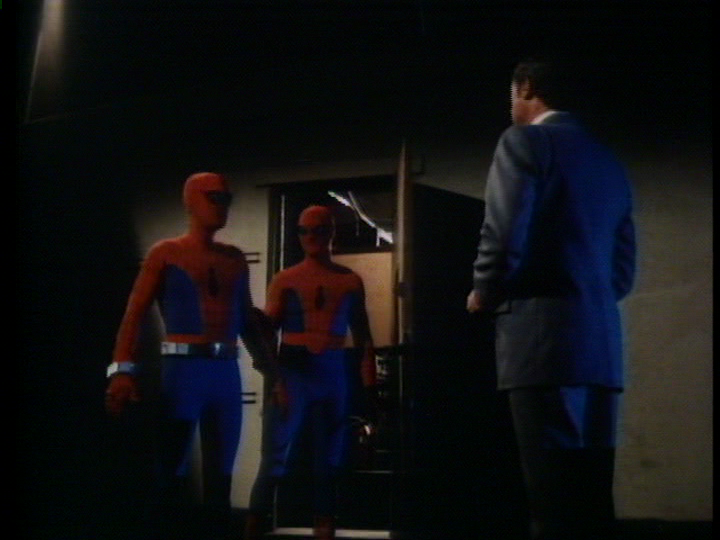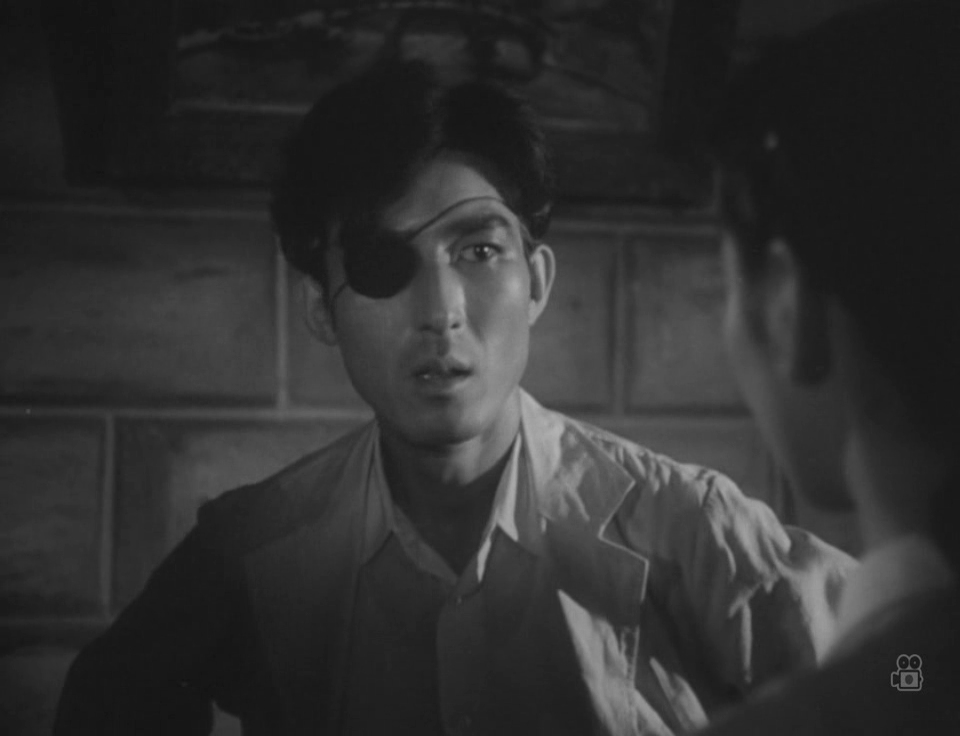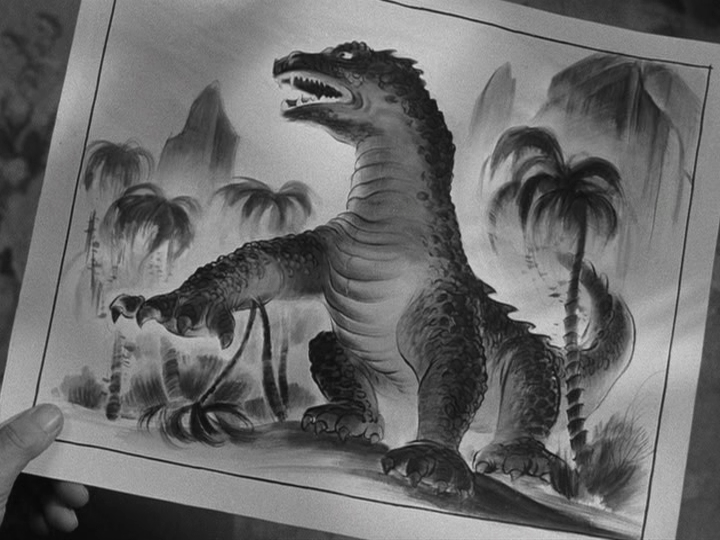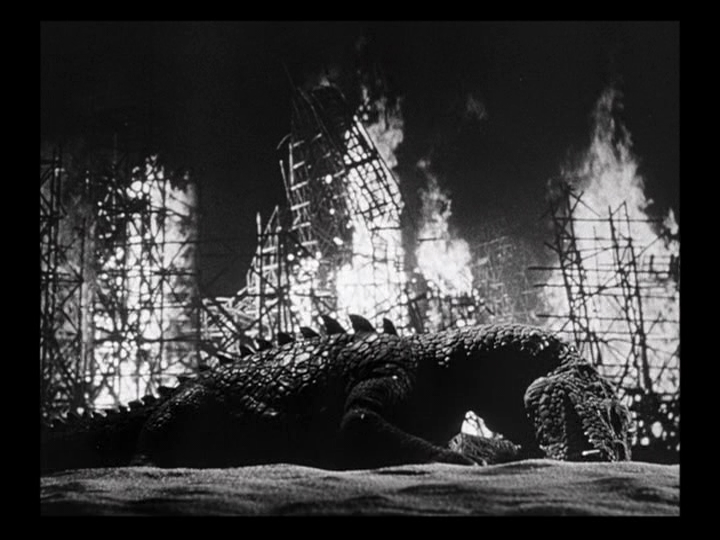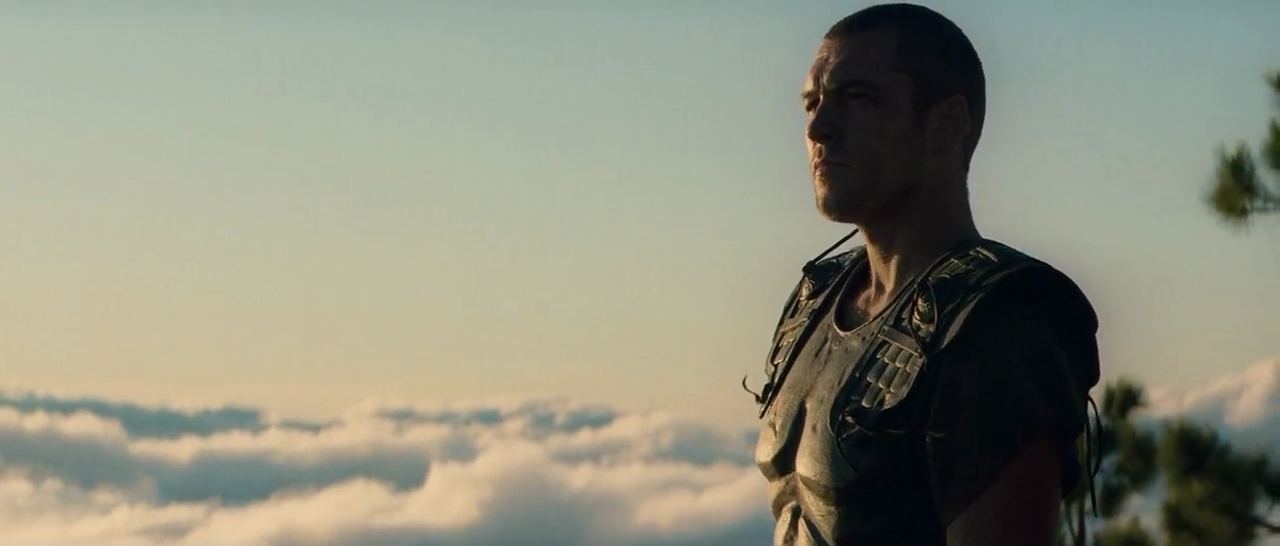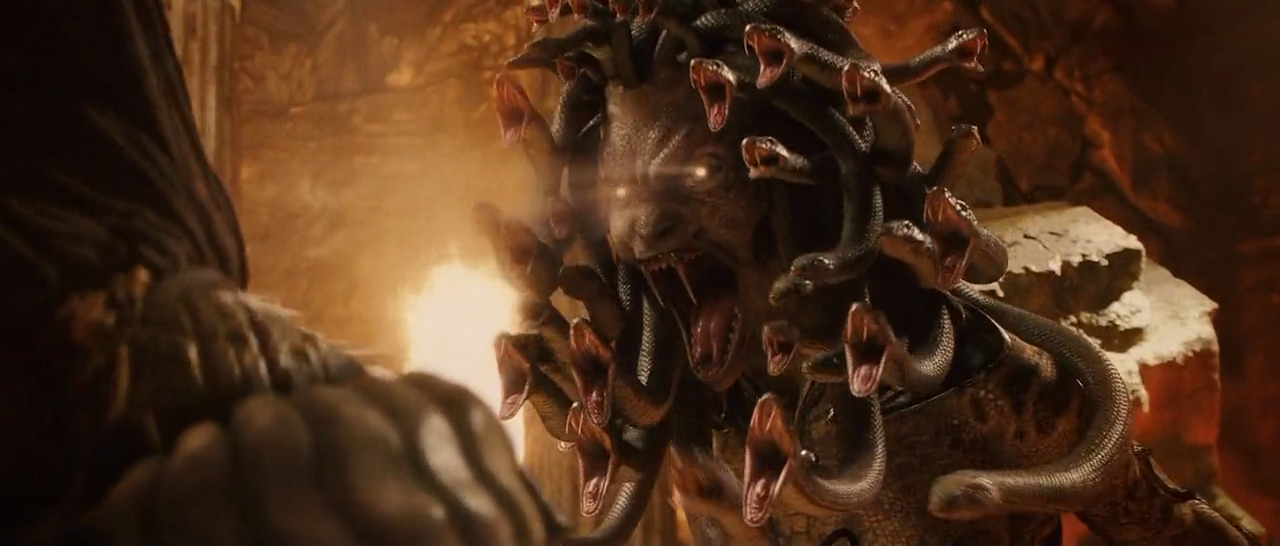Long before Marvel Studios teamed up with Disney to create the Marvel Cinematic Universe Stan Lee and Marvel Comics were selling the rights to a host of their intellectual properties to anybody with a cheque book. This resulted in a couple of ludicrous Captain America television movies, a Fantastic Four film by Roger Corman, a Dolph Lundgren Punisher movie and Captain America theatrical release that managed to be even worse than the Reb Brown TV version. The only real success out of this was The Incredible Hulk series with Bill Bixby and Lou Ferrigno for CBS. Now there was the Wonder Woman series with Lynda Carter, which was very successful, but it was from DC comic property. So with this track record it’s no surprise that they’d want to take a crack at Marvel’s flagship character.
The one problem was that CBS wasn’t too keen on the whole “superhero” aspect of it, and if you’ve ever seen an episode of the 70s The Incredible Hulk you'd know what I’m talking about as that show was basically The Fugitive with Bill Bixby turning into the Hulk twice an episode, and that was just to throw some gangsters around or stop an abusive parent. There was not a lot of “incredible” going on in a show called The Incredible Hulk, and when it came to produce a Spider-Man series it should have shocked no one that though it was called The Amazing Spider-Man it wasn’t all that amazing.
For starters the costume kind of sucked.
Once again we have a show being produced by people who have no love for the character, who one must doubt had even read a single issue of the comic, and sure they have Peter Parker (Nicholas Hammond) being bitten by a radioactive spider to gain his powers but then they completely jettison the character of Uncle Ben so there is no “With great power comes great responsibility” epiphany when his uncle is killed. Instead Peter Parker uses his powers get a job at the Daily Bugle and then thwart the occasional mad scientist because I guess that seemed like the logical thing to do with spider powers. To prevent the show from being “too kiddie” Spider-Man doesn’t encounter a single villain from his infamous rogues gallery, in fact the only “super villain” Spider-Man encounters is an evil clone of himself that was created by an evil clone of disgruntled scientist.Neither one of these guys ends up becoming Ben Reilly.
Now this version of Spider-Man does have super-strength, the ability to climb walls, and is outfitted with web-shooters, and to be completely fair this is still the only live action Spider-Man to use his little spider-tracers for tracking down enemies, but they completely screw up his Spider-Sense. In the comics his Spidey-Sense is what warns him of oncoming dangers and along with his amazing spider-reflexes this allows him to dodge most attacks, but in this show his Spidey-Sense works more like a psychic vision. In the episode “Night of the Clones” a bomb is placed on an elevator cable that when detonated critically injures the two occupants, later when photographer Peter Parker arrives at the scene, after hearing about on his police scanner, he uses his Spidey-Sense to see back in time and witnesses the bomb being detonated. Goddammit, that is not how this power works!Is he Spider-Man or an escapee from The Village of the Damned?
As to the shows ability to depict his other powers, well every shot of Spider-Man climbing a building looks like a dude being pulled up by cable while the stuntman waves his arms and legs up and down as if he’s climbing, and the reason it looks that way is because that's exactly how it was done. I’ll admit that stuntman/stunt coordinator Fred Waugh did some pretty harrowing work for this show, but unfortunately no matter how tricky and dangerous it was to be dangled down the face of a building, or be swung between two structures, it still looked like crap.“Can he swing from a thread? Take a look overhead...or better yet don't.”
Digital effects were decades away so Spider-Man’s webbing looked like thick white rope and the method they used to show him catching crooks was to have someone from off camera throwing said rope as a net over the bad guys. They`d have been better off using Silly String. For this reason alone it was in the show's best interest to limit the amount of screen time with Spider-Man in costume. That and the fact that in said costume he looked like a dude on his way to kids birthday party.What is most surprising is that the show was not cancelled due to poor ratings but because CBS thought they were in danger of becoming known as the “Superhero Network” and so they pulled the plug after two seasons and only thirteen episodes. Aside from the stigma of being known for superhero fare the show was also not hitting the key demographic of 18-45 years that the sponsors were targeting, so despite good ratings I can understand why the cancelled it, but what makes no sense is that it could have hit those demographics if they'd bother to put in some good writing and stayed true the character from the comic. Instead we got Saturday morning style writing but without the fun stuff kids would associate with their hero, and then there was the lack good drama which would have kept adult audiences interested.
"Did I put film in my camera?"
Nicholas Hammond is a fine actor but he wasn’t given much to do as either Peter Parker or Spider-Man, while this version J. Jonah Jameson (Robert F. Simon) would bitch out Parker one minute than be an avuncular type uncle the next for no apparent reason, but most bizarrely is that this version of Jameson praised Spider-Man instead of going on a one made crusade to expose the webbed menace. So not only did they ruin one of the great characters from the comic but it also took away one of Spider-Man’s chief antagonists. Sometimes you really wonder what went on in those Network boardrooms as it seems they changed stuff just for the sake of changing things, and not for the better.Not only did they ditch Spidey’s rogue’s gallery but they also jettisoned Peter’s love life as well; there is no Gwen Stacey, Mary Jane Watson or even Betty Brandt. In fact they create a totally new character in the form of Julie Masters (Ellen Bry) as a love interest for Peter, and they also introduce Rita Conway (Chip Fields) as secretary to Jameson with no earthly reason to not just call her Betty Brandt as she was in the comic. Sure Rita here is African-American but if they show wanted to go with a little racial diversity I doubt many fans would have complained if Betty Brandt was black.


